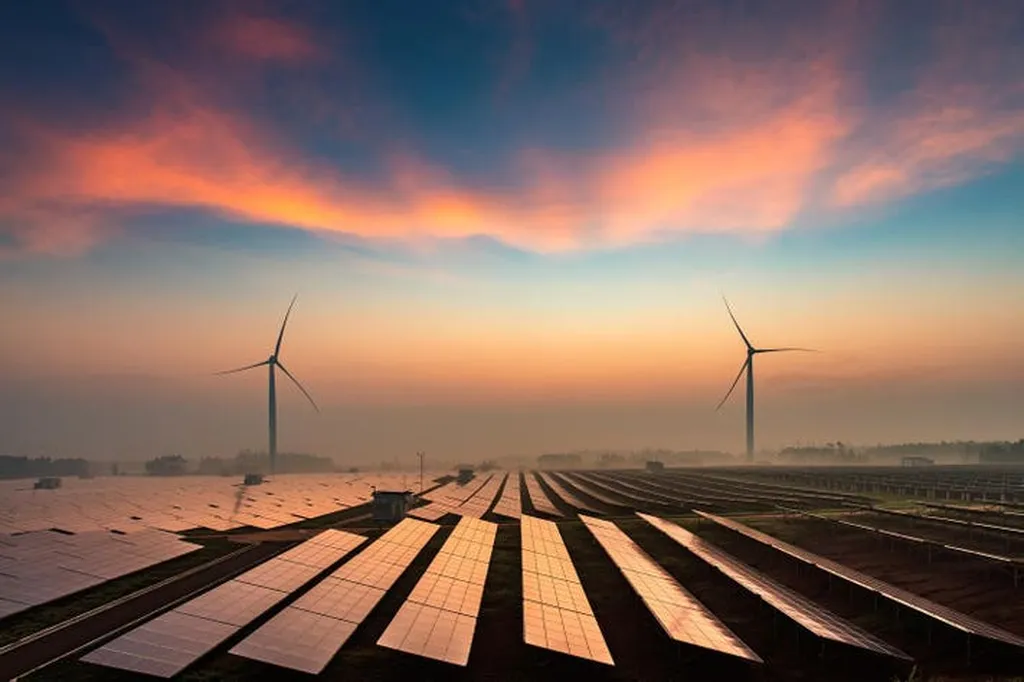In the heart of Malaysia, researchers are unraveling the complexities of solar power, aiming to make photovoltaic (PV) systems more reliable and efficient. Jia Wen Tang, a leading figure at the Centre of Excellence for Renewable Energy at Universiti Malaysia Perlis, has been delving into how temperature and solar radiation affect PV array performance. His findings, published in the Iranian Journal of Electrical and Electronic Engineering, could reshape how we integrate solar power into our grids, especially in regions with extreme weather conditions.
Tang’s study focuses on the critical factors that determine the performance of PV systems: open-circuit voltage (VOC), short-circuit current (ISC), and maximum power (PMAX). Using advanced simulations, he and his team analyzed these factors under a range of temperatures (from a chilly 5°C to a scorching 45°C) and radiation levels (from a dim 200 W/m² to a blazing 1200 W/m²). The results are illuminating.
“One of the key findings is that while higher irradiance increases the open-circuit voltage, higher temperatures have the opposite effect,” Tang explains. This means that on a hot, sunny day, your solar panels might not be performing at their peak potential. Conversely, the short-circuit current increases with both higher radiation and temperature, but the maximum power is optimized at high irradiance and low temperatures. This delicate balance is crucial for understanding how to maximize energy output.
But Tang’s research doesn’t stop at performance metrics. He also delves into the impulse withstand voltage (Vimp), a critical factor for the reliability of PV systems. According to the PD CLC/TS 50539-12 standard, the Vimp requirement is highest at low temperatures and high radiation. This insight underscores the need for robust voltage protection in PV systems, especially in regions with extreme weather conditions.
So, what does this mean for the energy sector? As we move towards a future powered by renewable energy, understanding these nuances is vital. For commercial operators, this research highlights the importance of considering local climate conditions when designing and implementing PV systems. Effective thermal management could significantly enhance performance and reliability, making solar power a more viable option in diverse geographical locations.
Moreover, Tang’s findings could influence the development of smarter grid systems. As PV systems become more integrated into power grids, the need for reliable and efficient energy generation becomes paramount. By understanding how temperature and radiation affect PV performance, we can develop more resilient and adaptive grid systems.
Tang’s work, published in the Iranian Journal of Electrical and Electronic Engineering, which is known in English as the Journal of Electrical and Electronic Engineering, is a significant step forward in this direction. As we continue to explore the potential of solar power, research like this will be instrumental in shaping a sustainable energy future. For the energy sector, the message is clear: the future of solar power lies in understanding and adapting to the complexities of our climate.

